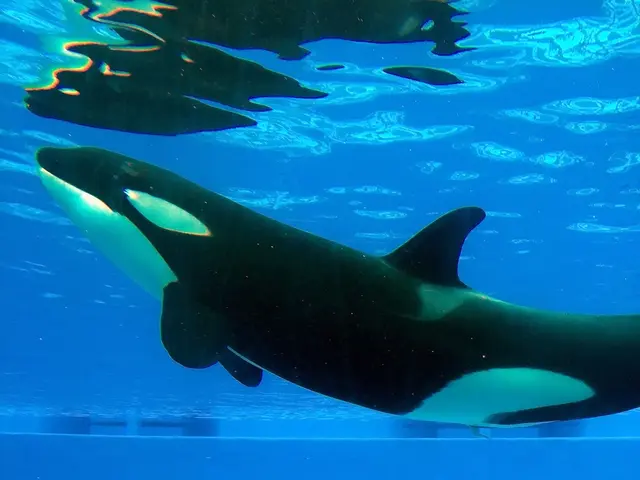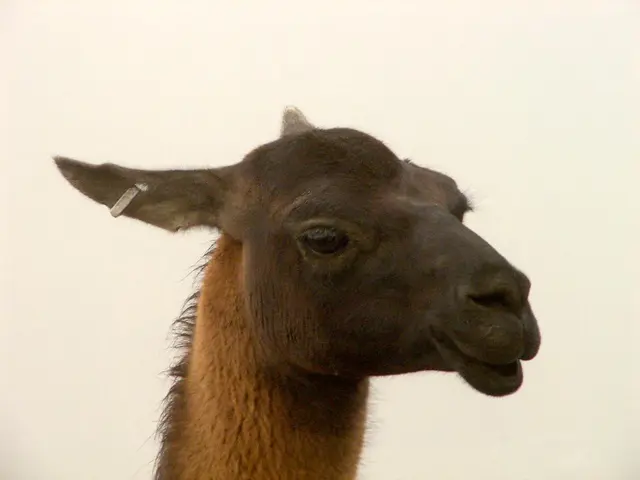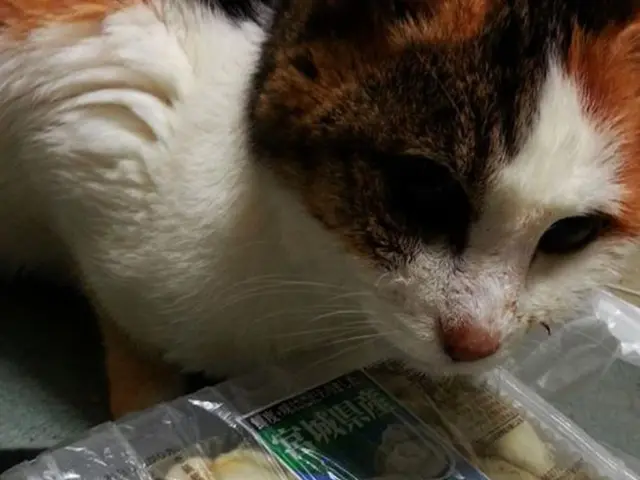Bison populations revitalize Yellowstone's grasslands once again
In a groundbreaking study published in the prestigious journal Science, researchers have found that the return of bison to their ancient stomping grounds benefits grassland ecosystems significantly. This latest finding comes from Yellowstone National Park, where these majestic creatures roam with some freedom, providing a unique living laboratory for scientists.
The study, led by National Park Service biologist Chris Geremia, reveals that bison act as "keystone species," shaping prairie landscapes through grazing, wallowing, and seed dispersal. By munching through grasses, bison speed up the nitrogen cycle, supercharging plants with nutrients. This process, in turn, triggers a microbial burst that translates to more ammonium and nitrates for new growth, creating a feedback loop that boosts both plants and animals.
The authors of the study hail from the University of Wyoming (Jerod Merkle), Yellowstone National Park (Chris Geremia), and Washington and Lee University (Bill Hamilton). Merkle stated that allowing bison to roam would create heterogeneity and require big space for them to move around.
However, the return of bison is not without controversy. Ranchers argue that bison, if allowed to roam freely, would smash fences, mix with cattle, and spread disease. Yet, the study highlights that even areas that looked "mowed flat" by bison remained ecologically vibrant, with productivity and diversity intact.
The revival of bison populations is a remarkable story. By the early 20th century, the species was teetering on the brink, but revival efforts eventually pushed their numbers back to roughly 400,000. In Yellowstone National Park, home to about 5,000 animals, bison still roam freely, offering a rare opportunity for scientific observation.
Roaming bison keep grasses and wildflowers short, dense, and protein-rich, and plant communities surprisingly diverse. The study compared grazed and ungrazed patches in bison's migratory range using field experiments, satellite imagery, and GPS collar data. The findings suggest that if bison are allowed to roam across their entire migration area, it provides over three million kilograms more crude protein. Forage becomes more than 150 percent richer in protein due to bison's grazing, benefiting various creatures that feed on the prairie.
The study comes at a time when President Donald Trump's administration is leaning heavily toward agricultural interests over wildlife. The findings underscore the importance of conservation efforts and the role of keystone species in maintaining healthy ecosystems. As we continue to grapple with issues of habitat loss and species extinction, the story of the bison in Yellowstone National Park serves as a beacon of hope and a reminder of the delicate balance that exists in nature.








